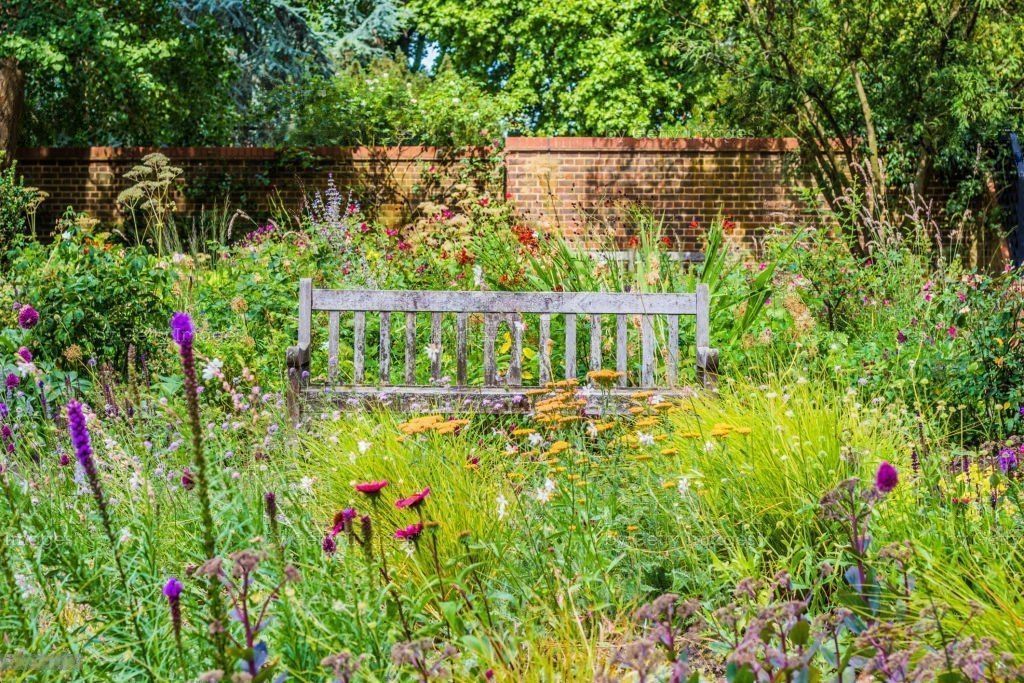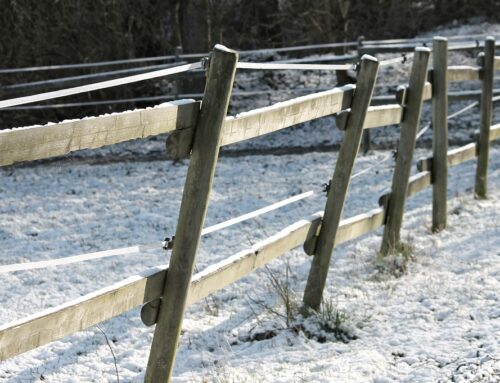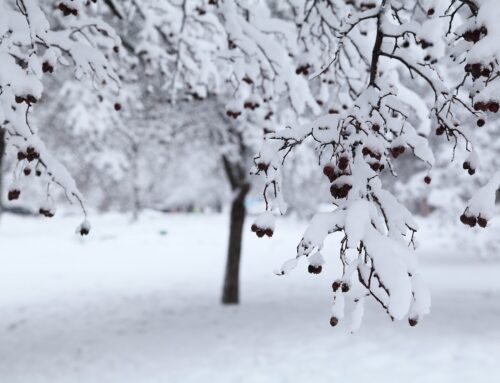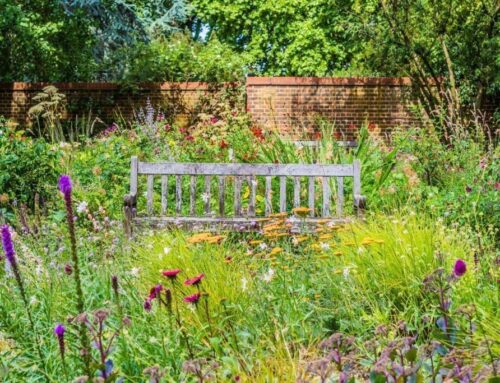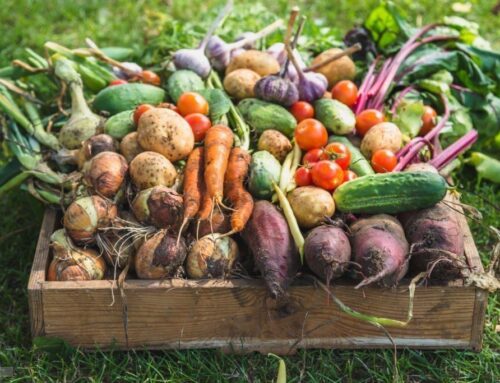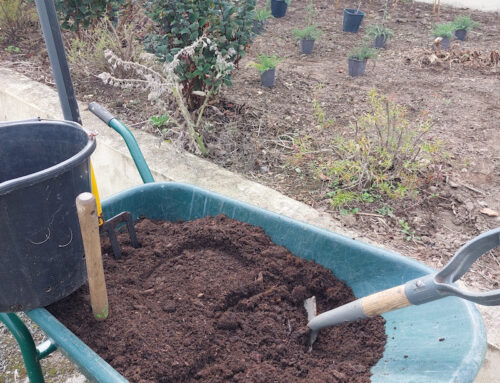Container gardening is a great way to grow your own food or flowers. You can use containers in the courtyard, on patios, balconies and windowsills. Container gardening has become very popular in recent years because it allows you to grow plants that would otherwise not survive in colder climates such as tomatoes and peppers. There are many different types of containers you can use for container gardening including wooden boxes or plastic pots. The most important thing is that they have good drainage holes so water doesn’t pool inside them when watering plants.
What is container gardening
Container gardening is a great way to grow plants in small spaces. It’s also a great way to get your feet wet if you’ve never gardened before. If you need some help with container gardening, you could always seek the help of a local gardening service.
Here are some of the benefits of container gardening:
- You can grow food year-round, even when the weather is harsh outside.
- It’s easy to move your containers around and bring them indoors when it’s cold or rainy outside.
- Container gardens can be placed anywhere, even if there isn’t much space in your yard, there might not be any grass to mow! This means that you can have a garden right on your patio or balcony (or even indoors). You don’t need yard space at all!
Use balcony planters
Balcony planters are great for growing vegetables. They are easy to use and can be moved around easily, which makes them a good choice for people who don’t have the space or inclination to dig into their garden beds. They’re also easy to clean, making them an ideal option for anyone who wants fresh vegetables but doesn’t want to spend a lot of time weeding or hoeing their garden beds.
Grow climbers
Climbing plants are ideal for containers and take up less space than large trees, bushes and shrubs. Here are some options to consider when choosing a climbing variety:
- Trellis – A trellis is a great way to train your climbing plants up and out of the container. Make sure you have something sturdy enough to support them, like fencing or lattice panels.
- Espalier – If you live in an apartment with access to a balcony or patio, espaliering is an option for growing small-space fruit trees. You will want something with good drainage at the bottom for this method since water can sit on the surface of pots without draining away quickly enough if there’s not enough air flow around them (this will cause root rot).
Select a container
The first step in container gardening is to select a container. Here are some things to consider:
- Is the container deep enough to hold the plant? You want your plant to be able to grow up and spread out, so make sure that you choose a pot with plenty of room inside.
- What size will work best for the type of plant you want? Some plants may need more room than others. If you have several plants in one container, they should all have similar growing habits and require roughly the same amount of space; otherwise it won’t be fair on any of them!
- Will this be easy for me to move around as needed? It may not seem like much work at first glance, but moving heavy objects all around can really take its toll on someone over time! This can make gardening more difficult than it needs to be if we don’t plan ahead properly beforehand by choosing smaller pots rather than larger ones wherever possible (unless those larger containers are filled with soil instead). Also keep in mind how much weight each one holds before choosing which one might be best suited for each task at hand.”
Choose plants with similar needs
If you’re looking to plant with a lot of containers, or just want to add a few plants to your patio, it’s important to choose plants that have similar needs. For example, if you have sun and shade areas in your garden, you can place plants that like shade under trees or on the north side of your house. If your garden is south facing where there is full sun all day long, then place plants that require full sunlight right next to each other.
If you want to know more about which container gardening plants are best for your space, read these blog posts on best plants for sun and best plants for shade.
Avoid using soil from the garden
Avoid using potting soil from the garden. You might be tempted to use soil from your own garden because it’s free, but you need to avoid this at all costs. Potting soils designed for container gardening are ideal because they have been formulated with drainage material and nutrients that are specifically suited for indoor gardening conditions. Plus, those same fillers will help prevent compaction in your container garden—which is an especially important consideration if you want to grow vegetables or herbs in small spaces like a patio or balcony. Finally—and perhaps most importantly—the best potting composts will be free of weed seeds; otherwise, these seeds can germinate as soon as you introduce water into the soil mix!
Choose the right location for pots
− Sunlight: How much sunlight your location will receive is important. If you’re planting in containers that have been exposed to full sun, you can expect the soil to warm up quickly and the plant may be more prone to sunburn. In contrast, plants in pots with less sunlight will require more water and fertilizer than their counterparts; they also won’t produce as many flowers or fruits.
− Shade: A container planted in a shaded area doesn’t need as much water or fertilizer because it isn’t rising quickly enough for the roots to dry out completely between watering sessions. While this can help keep things on track if you’re low on time, remember that shade also tends to lower growth rates, so don’t expect a lot of blooms!
− Wind: Windy conditions can cause plants’ leaves or blossoms to break off before they’ve had a chance to fully develop (or even grow at all). This is especially true when it comes time for pollination; some flowers won’t open at all if they’re constantly being battered by strong winds! Choose somewhere sheltered from gusts if possible, such as under an overhang on your porch or patio decking, and avoid putting them where there’s often strong breezes (like near large trees).
− Rain: Make sure there’s enough space around each container so that rainwater won’t pool underneath them (which could cause mold problems later down line). Also remember that too much moisture around these containers means extra work cleaning them up afterwards, something no one wants!
Water properly
Watering is essential to plant growth and health. Water regularly, but deeply and infrequently. Container plants need less water than their in-ground counterparts because they are in a soil that drains well, so it’s important to water deeply rather than superficially. Check the soil to see how much moisture it contains before watering again. If it feels dry down at least three inches deep, then give your container plants a drink; if not wait until you can get back out there with a trowel or stick to dig around and see if the roots need some more water.
Use a good fertilizer
If you want to maximize your container gardening success, use a good fertilizer.
When choosing the right fertilizer for your plants, consider the NPK ratio (nitrogen, phosphorus and potassium). A balanced plant food will have equal amounts of each element. Nitrogen promotes rapid growth of leaves and stems; phosphorus helps build strong roots; and potassium acts as an antioxidant. If you have limited space in your containers, choose one with higher nitrogen content than the other two.
On top of that, look at other important minerals like calcium and magnesium (micronutrients) as well as trace elements like iron or manganese that are essential for healthy plant growth but are sometimes lacking in soils used for container gardening
Container gardening is easy
Container gardening is easy to do and, as a beginner gardener, it’s a great place to start. You don’t need any specialised tools or equipment, just a few pots, seeds or plants.
The most important thing when growing vegetables in containers is to remember that the plants will have limited space for root growth and are therefore more susceptible to drought stress. This means you need to water them regularly but also think about how much water they will be able to take up from the soil so it doesn’t become too damp which reduces air circulation around the roots causing disease problems such as fungal infections (root rot).
Container gardens can be placed indoors or outdoors so if you have limited space then this may be an option for you!
Happy Gardening :)
With a little bit of effort, you can grow some fresh herbs and veggies in your own back garden or produce a flower display that will fill the garden with colour. Container gardening might seem daunting at first, but if you follow these tips, it’ll be easier than you think!

